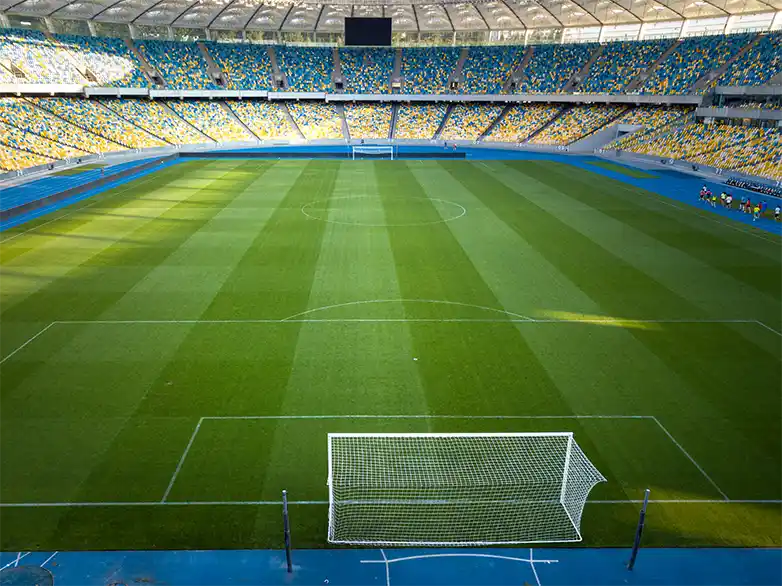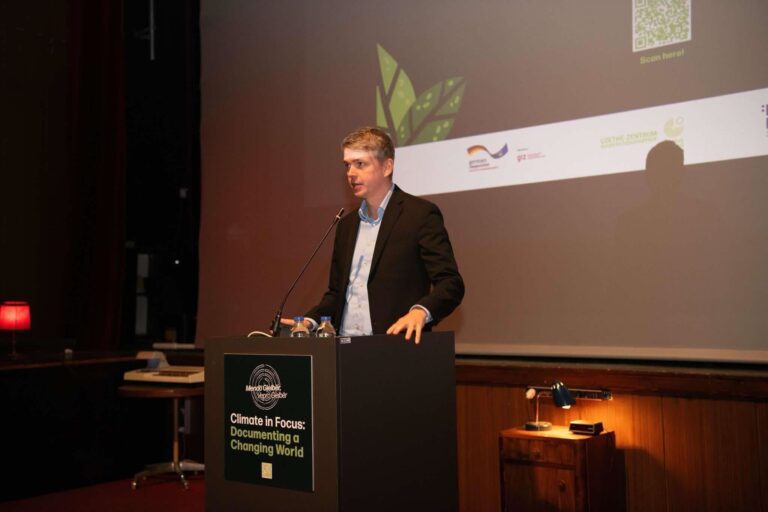Men's World Cup 2022
The 2022 Men's World Cup in Qatar produced an estimated 3.63 million tonnes of carbon dioxide equivalent (tCO2e). Transport accounted for 52% of the total (1.89 million tCO2e), while accommodation contributed 20% (728,404 tCO2e). Building construction accounted for 23% of the total (817,214 tCO2e). Other factors such as logistics, media, materials and electricity accounted for the remainder.
While FIFA claimed that the tournament would be carbon neutral due to the offset, the data shows that this promise was not fulfilled. The tour also failed to comply with the recommendations of the Swiss Commission of Justice on advertising and communication.
Climate analysts have criticized the use of carbon offsets, saying they are used to justify the lack of real emissions reductions. Offsetting creates an illusion of "climate neutrality" when emissions are high.
Euro 2024 for men
Travel contributes the most to football's carbon footprint. Euro 2020 was organized in 11 European countries. The 2024 summer tournament is taking place in Germany, where UEFA has invested €32 million in sustainability initiatives to make the tournament the greenest yet, writes earth.org.
To encourage rail travel, discounted tickets and free local transport are offered to ticket holders. However, most fans will travel from other countries, which is projected to generate around 490,000 tonnes of greenhouse gas (GHG) emissions, with 400,000 tonnes coming from fan travel. Germany's rail network and sustainable infrastructure limit emissions from factors other than transport.
Future World Cups
Future World Cups will be bigger and more complex. The 2026 and 2030 men's tournaments will be organized on multiple continents with more teams (from 32 to 48). The 2026 tournament will take place in the USA, Canada and Mexico, while the 2030 tournament will be held in Spain, Portugal, Morocco, Uruguay, Argentina and Paraguay.
Organizers should consider brand sponsors to reduce carbon footprint. Even if the 2022 tournament were to be carbon neutral, it had sponsors such as Qatar Airways and Qatar Energy. FIFA has been criticized for not prioritizing the environment in the bidding process, selecting Saudi Arabia to host the 2034 event.
The expansion of European football – an environmental threat?
European men's club football will be expanded, in part due to the Europa League, with an additional 177 matches in UEFA's three main tournaments: the Champions League, the Europa League and the Europa League.
According to BBC Sport, the expansion of matches will lead to air travel that could produce almost 500,000 tonnes of GHGs during the 2024/25 season, up from 368,388 tonnes in the 2022/23 season.
Green football?
In 2016, the United Nations launched the Sports Climate Action Framework, requiring signatories to reduce emissions and achieve net zero by 2040. The Premier League joined in 2021, and FIFA aims to reduce emissions and be neutral to carbon by 2040.
UEFA joined the UN's Race to Zero campaign in 2022, pledging to halve emissions by 2030. UEFA has also introduced sustainability guidelines to help clubs improve energy and water consumption, infrastructure construction and production of food and clothing.
More is needed
In March 2024, UEFA launched a carbon footprint calculator to help clubs and teams manage their emissions. The calculator has been verified by third parties and has been in development for two years.
"The UEFA Carbon Footprint Calculator embodies our ambition to show that football can be part of the solution to reduce carbon emissions," said UEFA Vice-President Laura McAllister.
Climate conscious young football fans
According to research by Rising Ballers, 72% of Gen Z soccer fans care about the environment, with 61% believing soccer should be more environmentally friendly. 40.2% of them think that waste production contributes to football's high carbon footprint.
There is a new sponsorship opportunity for brands in the eco-conscious football landscape. 54% of young fans would prefer to buy from more environmentally sustainable brands. This provides opportunities for brands to engage this large global community through sustainability.
The perspective of the future
The new generation shapes the way football works today. By promoting green activity and raising climate change awareness among young fans, football has the power to reduce its carbon emissions and become greener in the long term.
The environment affects football by providing suitable conditions for the game. The environmental impact of football will affect its ability to function properly in the future if carbon emissions are not taken into account by governing bodies. To enjoy the beautiful game in the future, we must take care of the environment that enables it to flourish.






